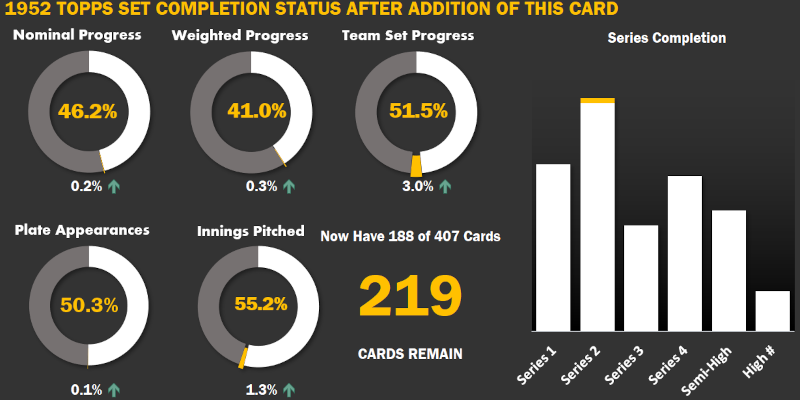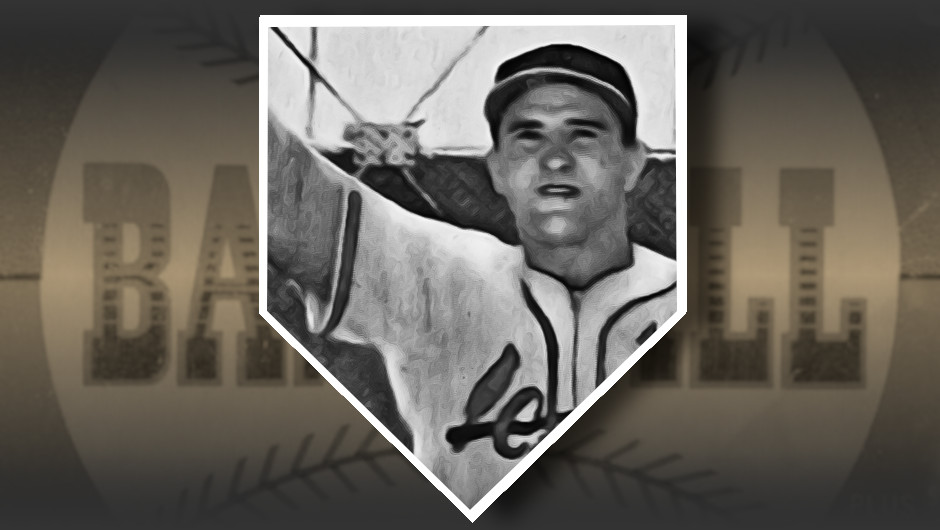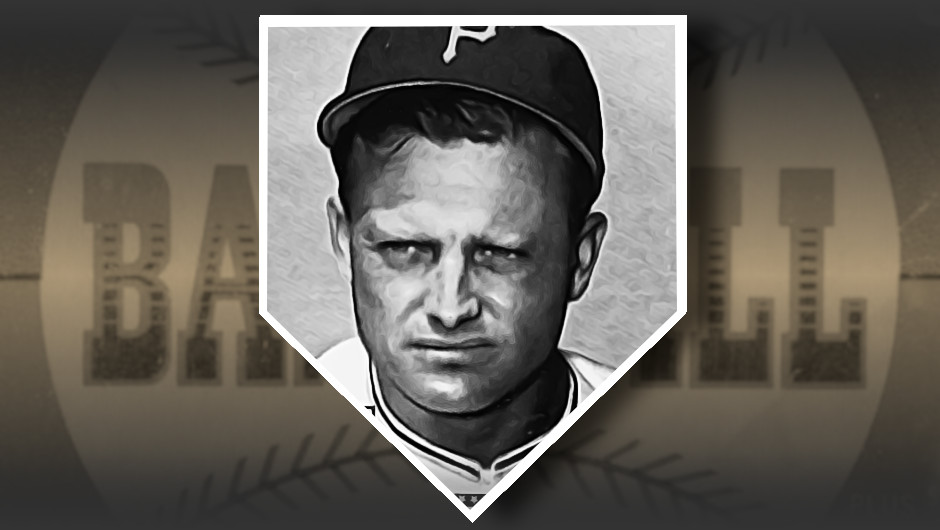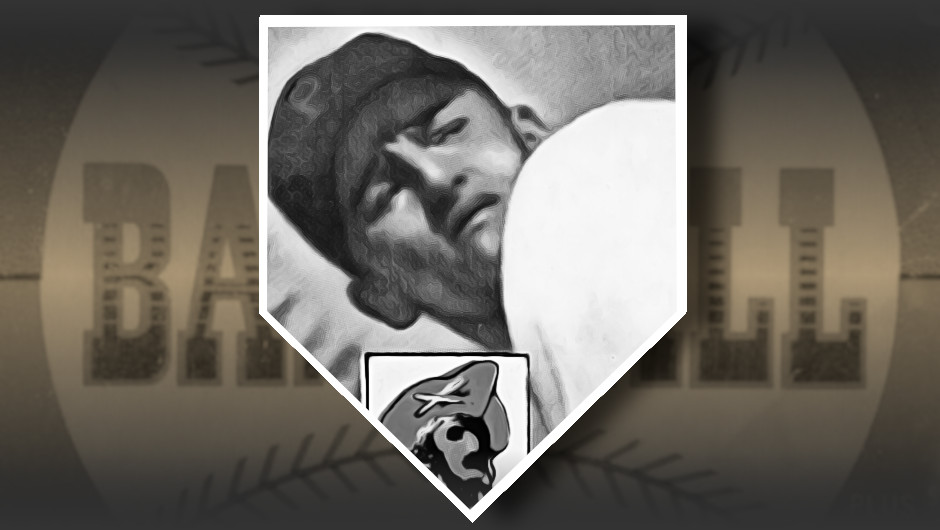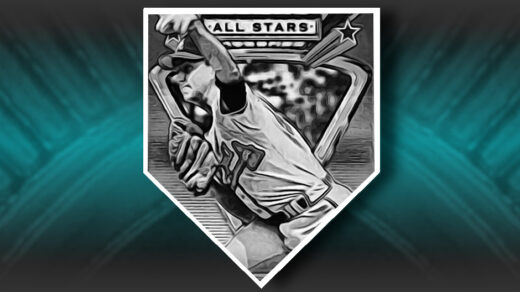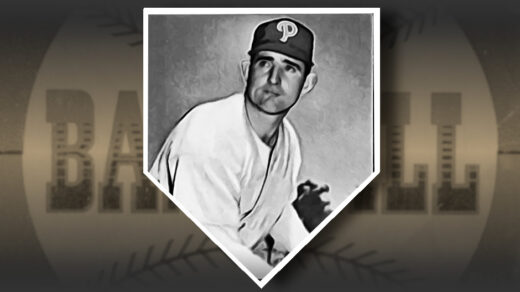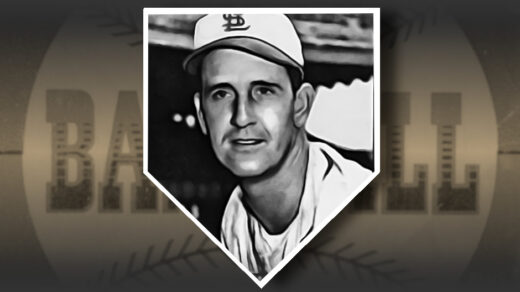The biographical text of more than half of the cards appearing in the 1952 Topps set mentions active or past military service on behalf of the players pictured. Most of these were guys who were mobilized for World War II, though a good portion were busy doing their part in the Korean War. I have lived my entire life in Eastern Virginia, an area absolutely filled with military installations. Hampton Roads was the focus of the Civil War’s Peninsula Campaign and served as a major port of embarkation for both World Wars. When their ships returned home they were mothballed in the “Ghost Fleet” on the James River. Rust and attrition have whittled this once 800-strong emergency cache of naval vessels by nearly 99%.
There are ghost baseball diamonds as well. More than a million personnel have passed through this area on their way to overseas destinations and talented baseball players have long been part of their number. The need to provide recreation for so many people resulted in the area being dotted with WWII-era ballfields. Some of these wood structures, such as Hampton’s War Memorial Stadium, are still in use and were the site of early play by the likes of Gil Hodges, Johnny Bench, and Ryan Zimmerman. In 1966 the ballpark even hosted Satchell Paige in his last professional game.
Many of these ballparks are within the boundaries of military bases. The Army’s Fort Eustis sits a short drive from a former residence of mine. As a training and logistics base, it has seen a relatively high number of prospective ballplayers filing through its gates. During the Korean War the facility was the home of Willie Mays and it was reportedly where he learned how to perform the basket catch from a fellow soldier.
Mays wasn’t the only big leaguer at the base. Future Cy Young Award winner Vern Law also spent 1952-53 as Mays’ teammate. While Mays continued his familiar patrol of the outfield, Law’s bat was too good to leave him on the mound. He was converted to playing first base after having hit .344 as a pitcher for the 1951 Pittsburgh Pirates.
Law’s arm emerged in good shape after the conclusion of his military service. In 1955 he came started a game against the Milwaukee Braves on three days’ rest and lasted 18 innings. Five years later he was an All-Star and won the National League Cy Young Award. He concluded the 1960 season by starting three games of the World Series, including another three days’ rest situation for Game 7.
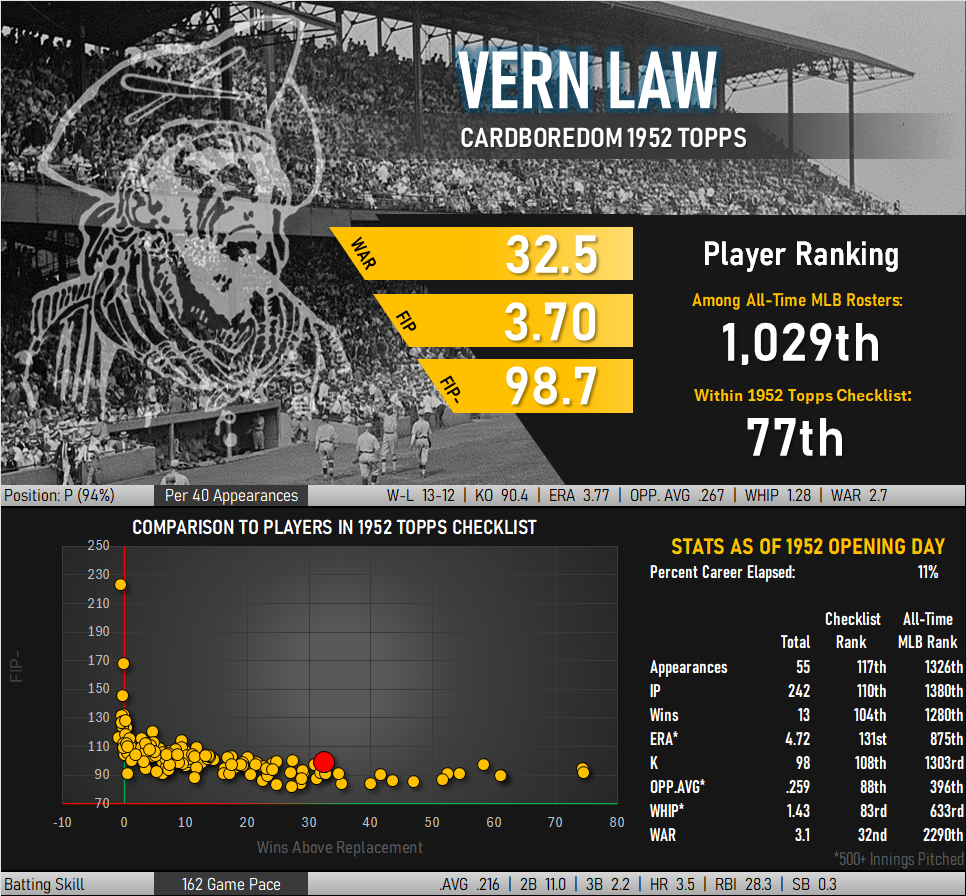
Law hurt his shoulder in those final World Series innings and would not fully recover for several years. At age 35 he put together a spectacular 1965 season (17-9, 2.15 ERA) and retired two years later.
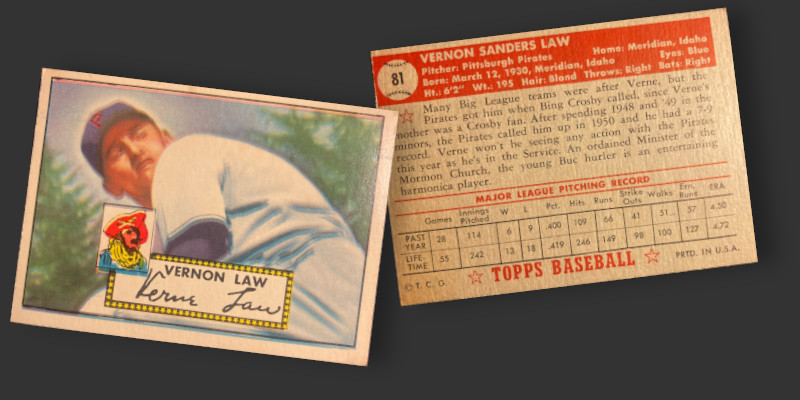
The card representing Verne Law in my 1952 Topps set building project is one of the nicer ones sitting in my top loaders. The corners are fairly sharp and the surface is super clean. There’s even a nice layer of original gloss. The registration, however, is a bit off with the red and blue ink layers not quite lining up correctly. At some point I hope to look at the card while wearing 3D glasses and see the Pittsburgh starting pitcher come hurtling out of the photo.
I know the photo was not taken at Fort Eustis, but the trees in the background remind me of all the times I have been camping in the forest just a short walk from its perimeter fences. To me this card will always be known as the “Fort Eustis card” in the checklist.
